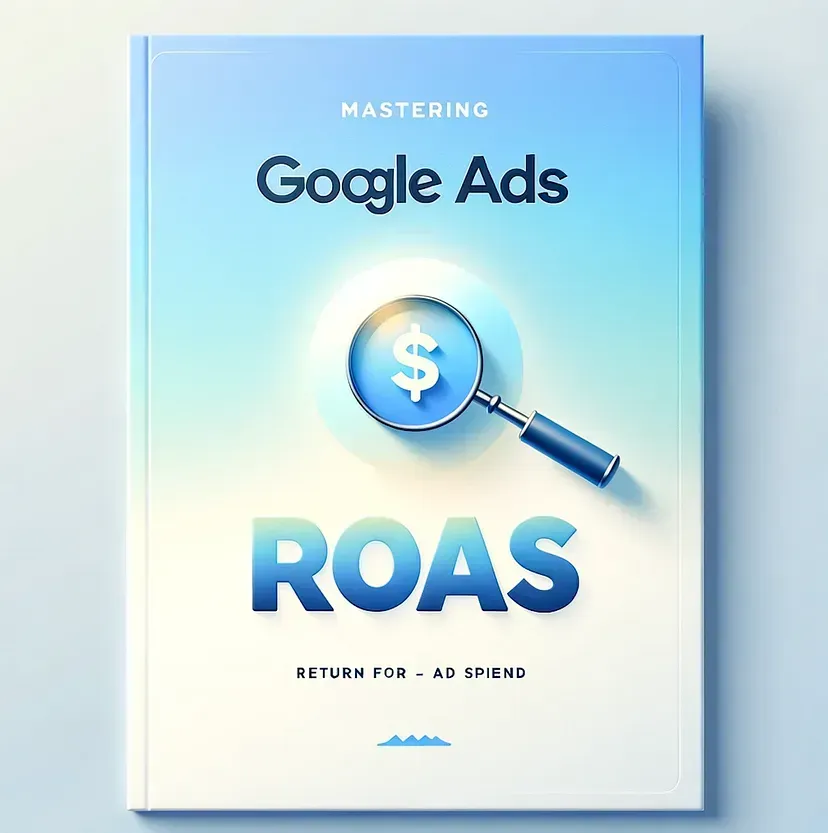Innovative Digital Marketing Solutions for Online Success
At Bolt Group Marketing, we excel in digital marketing and know how it can take your brand to the next level. Unlock Your Online Potential with Bolt Group Marketing's Customized Digital Marketing Solutions. Our team of experts specializes in result-driven marketing campaigns, strategic SEO tactics, and expert social media management.
Shoot us an email or give us a call today, so we can tell you how digital marketing can help your business.

When it comes to local search, Google Maps is an invaluable tool for businesses looking to attract nearby customers. Having a strong presence on Google Maps can drive more foot traffic, increase online visibility, and ultimately, boost sales. But how can you ensure your business stands out in the crowded local search results? Follow these 11 easy steps to enhance your Google Maps ranking and get noticed by more potential customers. For more specialized help with local SEO, check out the services offered by Bolt Group Marketing . 1. Claim and Verify Your Google Business Profile Before you can optimize your Google Maps listing, you need to claim and verify your Google Business Profile. This profile, previously known as Google My Business (GMB), is essential for appearing on Google Maps and local search results. Steps to Claim and Verify: Go to Google Business Profile. Click "Manage now" and sign in with your Google account. Enter your business name and address. Follow the prompts to verify your business. This may involve receiving a verification code via mail or phone. Why It Matters: Verification ensures that only you can make changes to your listing. It improves your credibility and trustworthiness in Google's eyes. 2. Complete Your Business Information Having complete and accurate business information is crucial for ranking well on Google Maps. This includes your business name, address, phone number, and website. Essential Details to Include: Business Name: Use your official business name as it appears on your signage. Address: Ensure it is the exact address where your business is located. Phone Number: Include a local phone number rather than a toll-free number. Website: Add a link to your website to direct customers to more information. Benefits of Complete Information: Helps Google understand your business better. Improves your chances of appearing in local search results. 3. Optimize Your Business Description Your business description is your chance to tell potential customers what you’re all about. Craft a compelling and keyword-rich description that highlights your services and unique selling points. Tips for an Effective Description: Be Concise: Keep your description within 750 characters. Include Keywords: Use relevant keywords that customers might search for. Highlight Unique Points: Mention what sets your business apart. Impact on Ranking: A well-written description can improve your visibility in relevant searches. Helps attract customers by clearly conveying your value proposition. 4. Choose the Right Categories Google allows you to select primary and secondary categories for your business. Choosing the right categories ensures that your business appears in relevant searches. How to Select Categories: Primary Category: Choose the category that best represents your core business (e.g., "Pizza Restaurant" for a pizza place). Secondary Categories: Add additional categories that apply to your business (e.g., "Italian Restaurant," "Takeout Restaurant"). Why It’s Important: Proper categorization helps Google show your business to the right audience. Increases your chances of appearing in local searches for related services. 5. Add High-Quality Photos Visual content plays a significant role in attracting customers. Uploading high-quality photos to your Google Business Profile can make your listing more appealing and informative. Types of Photos to Include: Business Exterior and Interior: Show what your business looks like from the outside and inside. Products and Services: Highlight your products or services. Team Photos: Introduce your staff to personalize your business. Advantages of Quality Photos: Engages potential customers. Provides a better understanding of what to expect when visiting your business.

In the world of digital marketing, understanding how well your advertising investments are performing is crucial for optimizing your marketing strategy. One key metric to evaluate the effectiveness of your ads is Return on Ad Spend (ROAS). This blog will delve into what ROAS is, why it matters, and how it can be a game-changer for your marketing efforts. We’ll also explore how Bolt Group Marketing’s PPC services can help you maximize your ROAS and drive better results for your business. What Is Return on Ad Spend (ROAS)? Return on Ad Spend (ROAS) is a metric used to measure the revenue generated for every dollar spent on advertising. It is a key performance indicator (KPI) that helps businesses understand how effectively their ad spend is contributing to their overall revenue. How ROAS Is Calculated The ROAS formula is straightforward: ROAS=Revenue Generated from AdsCost of Ads\text{ROAS} = \frac{\text{Revenue Generated from Ads}}{\text{Cost of Ads}}ROAS=Cost of AdsRevenue Generated from Ads For example, if you spend $1,000 on a campaign and generate $5,000 in revenue from that campaign, your ROAS would be: ROAS=50001000=5\text{ROAS} = \frac{5000}{1000} = 5ROAS=10005000=5 This means you earn $5 for every $1 spent on advertising. Types of ROAS Gross ROAS : Measures the total revenue generated from ads before deducting costs. Net ROAS : Accounts for costs such as production and shipping to provide a more accurate picture of profitability. Why ROAS Is Important ROAS provides valuable insights into the performance of your advertising campaigns. Here’s why it’s a crucial metric: 1. Measuring Advertising Effectiveness ROAS helps you gauge whether your advertising efforts are delivering a positive return. If your ROAS is high, it indicates that your ads are generating significant revenue relative to the cost. Conversely, a low ROAS suggests that your ads may not be as effective. 2. Optimizing Ad Spend By analyzing ROAS, you can make data-driven decisions about where to allocate your ad budget. High ROAS campaigns can be scaled up, while low ROAS campaigns may need adjustments or elimination. 3. Understanding Customer Behavior ROAS can reveal insights into customer behavior. For instance, if certain ads generate a high ROAS, it may indicate that the targeting and messaging resonate well with your audience. 4. Improving Marketing ROI Ultimately, a higher ROAS means a better return on your advertising investment. By focusing on improving ROAS, you can enhance your overall marketing ROI and achieve more cost-effective results.


